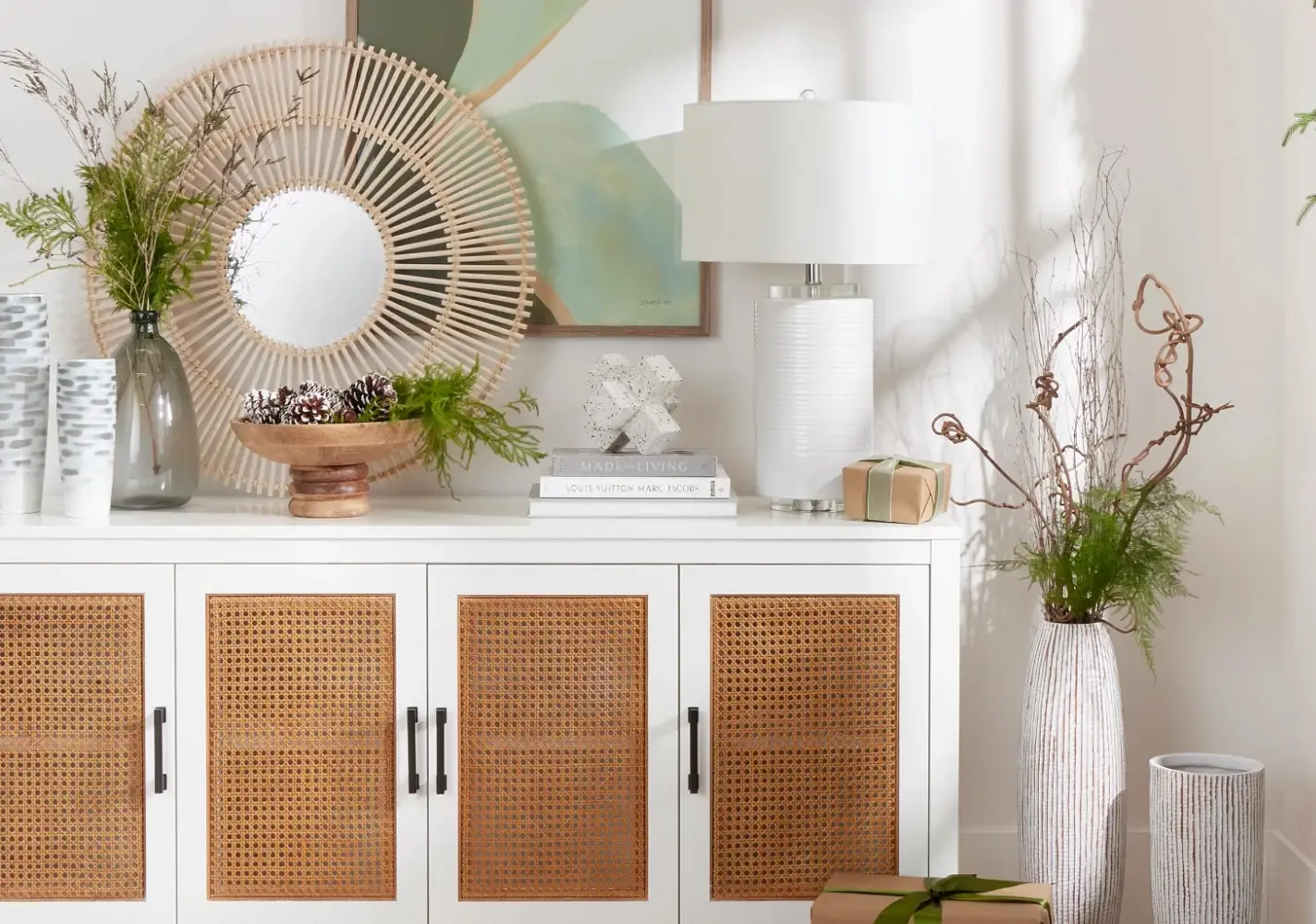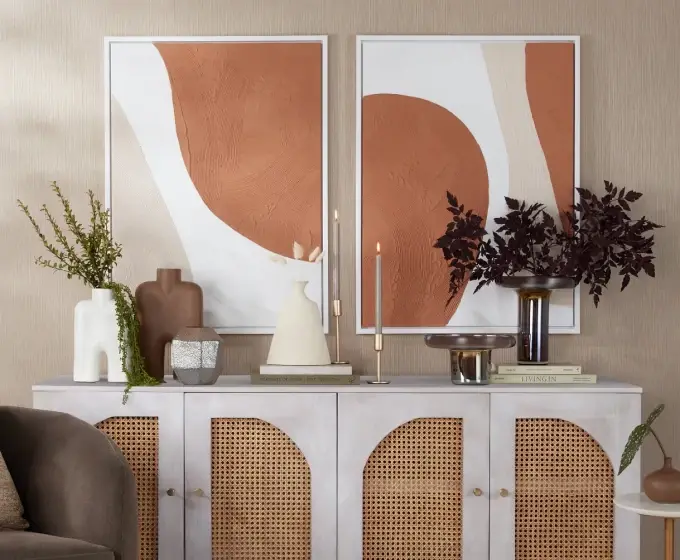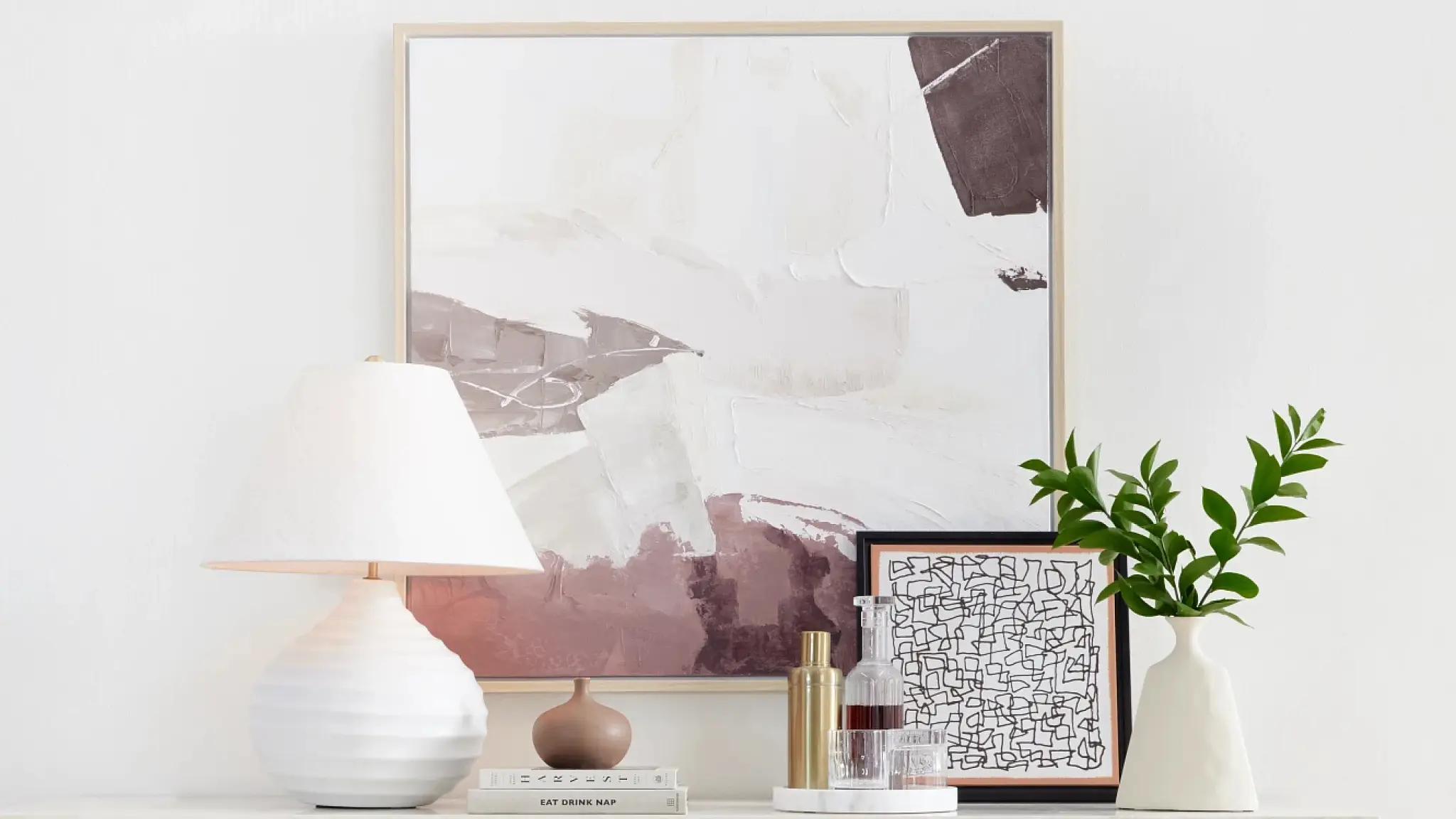
Unlocking the Elegance: The Wonders of a Credenza

What is a Credenza?
A credenza is a versatile piece of furniture that finds its origins in the Renaissance period of Italy. Initially, it served as a humble place for food testing before it was served to lords and nobles, ensuring it wasn’t poisoned. As time passed, the credenza evolved into a more decorative and functional storage piece. Traditionally low to the ground and featuring a long, flat top surface accompanied by ample cabinet space beneath, the credenza has been used for various purposes, from a sideboard in dining rooms to a stylish storage solution in living rooms or offices. With its blend of functionality and aesthetic appeal, the credenza remains a favorite choice for homeowners looking to infuse both charm and utility into their living spaces.

The differences of a credenza, server & buffet
A credenza, server, and buffet are all functional pieces of furniture often living in the dining room and used to store dining essentials, but they do have distinct characteristics that set them apart. The credenza is typically longer, low to the ground, have either no legs or short legs and may have sliding doors or cabinets. It can also be used in an office space, providing more storage for office supplies. Servers are generally smaller and more lightweight than both credenzas and buffets. They provide a surface from which to serve food and may or may not have cabinets or drawers underneath. A buffet, on the other hand, is a more substantial piece, often used in formal dining rooms. It's designed primarily for storing dishes, silverware, and other dining necessities, and often has a hutch or additional shelving on top for display purposes. Their historical and design differences can provide clarity when selecting the perfect piece for your space.

Styling a Credenza
Styling a credenza is as much an art as it is a functional endeavor. Start by considering the primary purpose of your credenza — whether it's for storage, display, or both. Anchor your design with a focal point. A large, statement artwork or a wall mirror centered above the credenza can immediately draw the eye. Next, balance out the space with decorative items such as vases, sculptures, or even a stack of artfully arranged books. Incorporate varying heights to keep the eye moving, perhaps by using tall candlesticks or plants on one end and shorter, decorative bowls or trays on the other. Remember to introduce elements of greenery, be it a potted plant, a succulent, or a floral arrangement, to breathe life into the space. If your credenza is in a functional area, like a dining room, consider including useful items like a stylish lamp or elegant storage baskets. Lastly, don’t overcrowd the surface; the beauty often lies in the curated simplicity, allowing each piece its moment to shine.
In the ever-evolving landscape of interior design, the credenza emerges as a timeless piece, combining functionality with aesthetic appeal. Its versatility extends beyond mere storage, acting as a canvas for personal expression and creativity in any room. Rooted in historical significance and adapted for contemporary living, the credenza effortlessly bridges the gap between past and present. Whether you're aiming for minimalist elegance, rustic charm, or a mix of both, the credenza offers the flexibility to shape and redefine spaces.
Maria Wilkinson
Designer Commentary